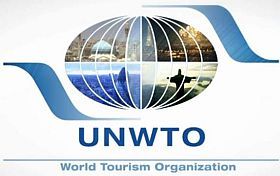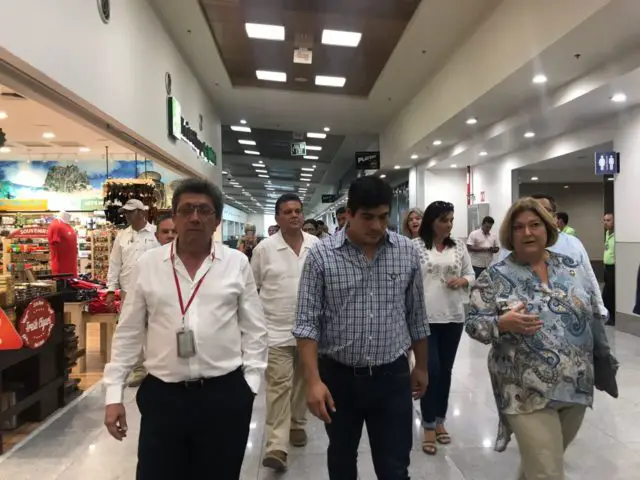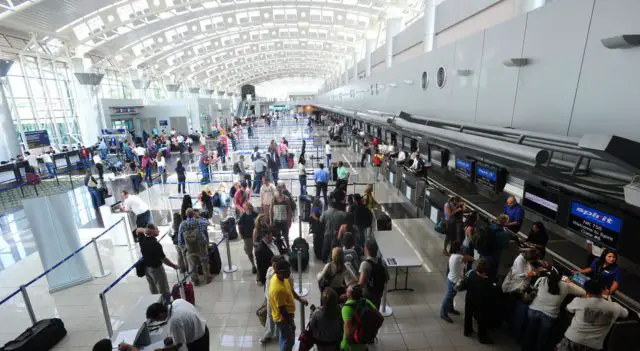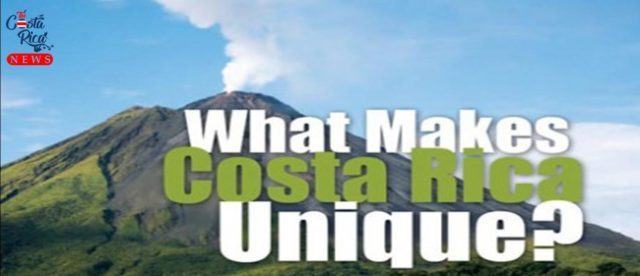During 2019, international arrivals to Costa Rica reached 3,139,008, representing an increase of 122,341 compared to 2018, according to data from the General Directorate of Migration and Foreigners (DGME) analyzed by the Costa Rican Tourism Institute (ICT) This 4.1% increase exceeds global tourism growth (4%) and doubles the average for America (2%), according to the World Tourism Organization (UNWTO) barometer in the 2019 period.

The information was released in an activity that took place in the Presidential House, during which the decree for the creation of the National Tourism Competitiveness Council (CONACOT) was signed. This initiative seeks to further strengthen the tourism sector, which is one of the most competitive industries in the country, strengthening inter-institutional alliances and agreements with the private and public, national and international sectors.
The President of the Republic, Carlos Alvarado, commented that the increase in international tourist visitation in 2019 “demonstrates that Costa Rica is a world leader in the field of tourism, which is a fundamental pillar for equitable development, economic activation and generation of jobs in different territories”.

The growth experienced is, to a large extent, based on the consistency of the Costa Rican tourism model, which during the last 3 decades was consolidated based on a shared vision of the public sector and the private sector.
To this fact is added that Costa Rica experienced an improvement in the perception of the quality of the destination according to information from the Big Data platform, MABRIAN, reaching 80.7 points on a scale of 0 to 100, with an increase of 2, 9% compared to 2018.
For her part, the Minister of Tourism, María Amalia Revelo, said that “these figures show the strengthening of Costa Rica as a tourist destination and are especially important if the international context is taken into account”.
He said that “2019 was a complex year with variables for world tourism due to factors such as Brexit and the bankruptcy of Thomas Cook in the United Kingdom, as well as geopolitical tensions and the slowdown of the global economy”.
Growth in detail
By air. It is the most important for the country and based on which the promotion of destination abroad is planned. 2,418,300 arrivals at both international airports were recorded last year, a figure that represents a growth of 4.5% compared to 2018.

At the Daniel Oduber Quirós airport, the relative variation was 8.5%, from 552,589 arrivals in 2018 to 599,433 in 2019. On the other hand, at Juan Santamaría airport -which receives the largest number of tourists entering the country- the increase was 3.2%, for a total of 1,817,043.
By issuing market. From North America, it was registered 1,592,888 arrivals, with an increase of 5.3%. In this region, the United States was the country with the most visitors by air, with 1,283,112, and a growth of 5.4% compared to the previous period.
The 2nd region with the highest income was Europe, with 500,602 international arrivals, exceeding for the first time the barrier of half a million. Out of this total, 438,284 Europeans arrived in Costa Rica by air.
Average stay. On average, tourists entering the country by air spend 12.6 nights, 1 more compared to 2018. This generates greater opportunities for economic income influencing the well-being of those who live in the places visited.
Decree will strengthen tourism competitiveness
In order to recognize that tourism is one of the most important and dynamic sectors of the national economy, the decree for the creation of the National Tourism Competitiveness Council (CONACOT) was signed on Wednesday.
CONACOT will design strategies that enhance the opportunities and advantages of the country as a tourist destination and meet the challenges of this industry. This Council will also articulate public-private coordination actions that strengthen the tourism services chain.
“With the formation of this council they lay the foundations for the strengthening of tourism, with a permanent improvement of the tourism product, generating the optimal conditions with the cooperation of the different public entities, to achieve an economic sustainability that allows the sector to be more competitive Costa Rican tourism”, concluded the Minister of Tourism.
The decree was signed by the President of the Republic, Carlos Alvarado, in the company of Tourism Minister María Amalia Revelo and his counterparts, Dyalá Jiménez, of Foreign Trade; Rodolfo Méndez, Public Works and Transportation; Sylvie Durán, of Culture and Youth; Victoria Hernández, from Economy, Industry and Commerce; Carlos Manuel Rodríguez, of Environment and Energy; Michael Soto, Public Safety and Daniel Salas, Health.

